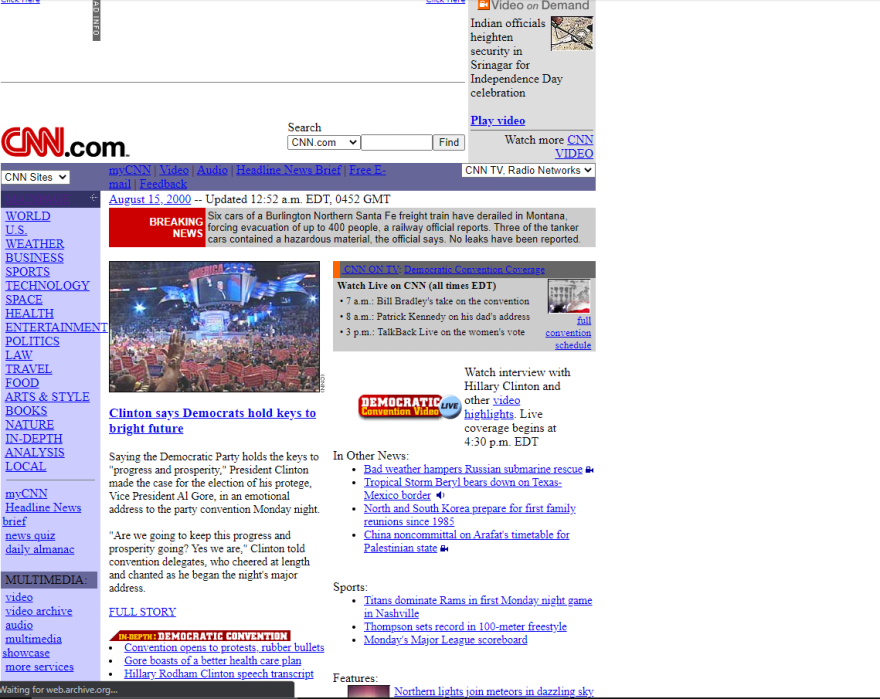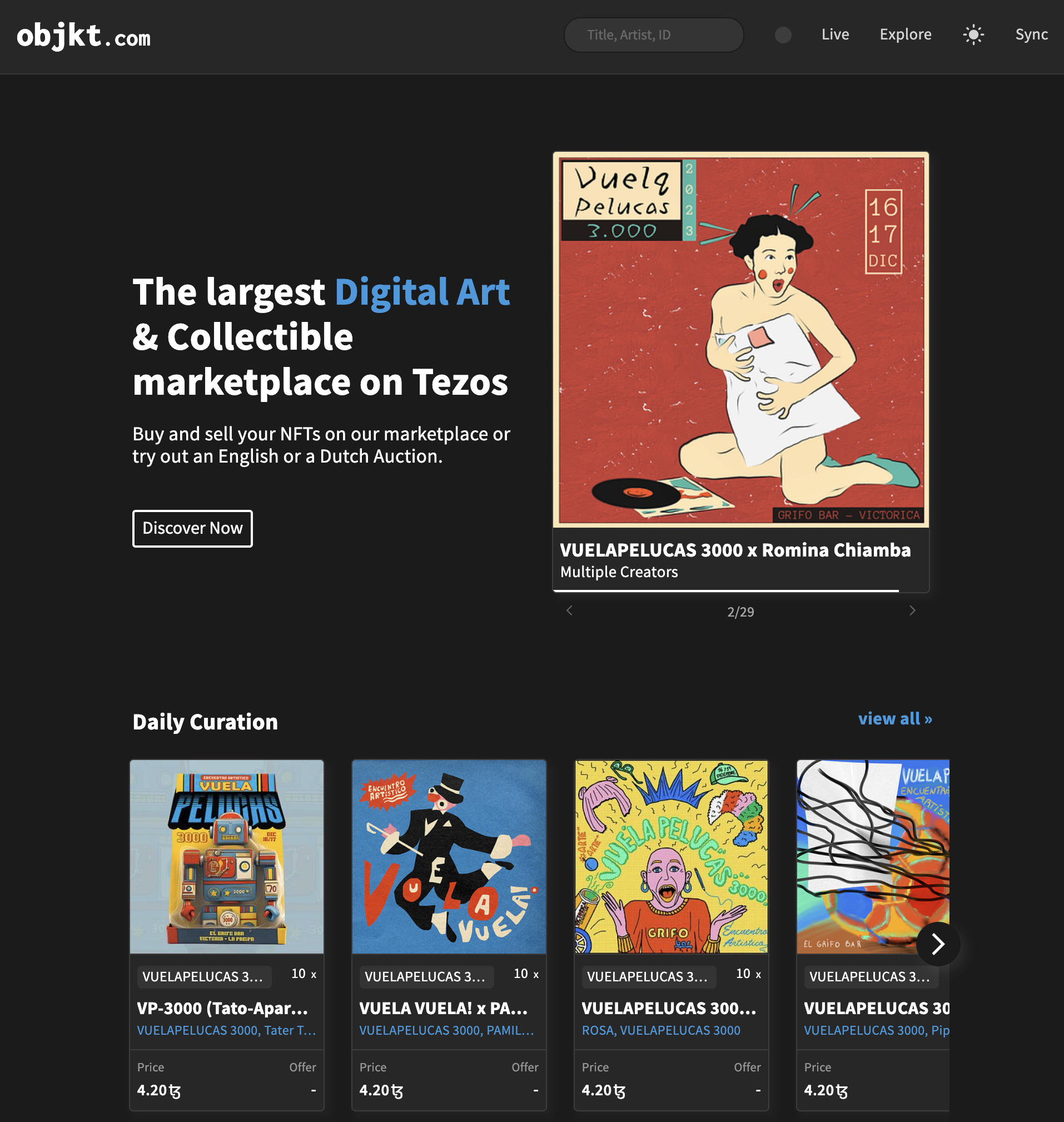Web 1, Web 2 and Web 3
The Web has undergone a number of transformations over the years. We have had the advent of Web1, Web2, Web3. In this section, we'll talk about some of the major changes that have happened around Web technology since the early 1990s.
Web 1.0
Web 1.0 was the static web. Users could read information on the web but were unable to interact with it. It was the very first version of the World Wide Web. In this stage of the web, static websites were built to provide information to customers. Amazon, CNN, Yahoo and MSN had very early versions of their website that provided information in a simple, static format.

Web 2.0
Web 2.0 started from around 2005. It was known as the social web. Users could now interact with websites on the web. This was the beginning of social media. Users could create their own content and share it with others around the world. Some of the earliest platforms built on top of web 2.0 were YouTube, MySpace and Facebook.
One disadvantage with web 2.0 technologies is that all the data is stored on centralized servers controlled by the major companies who go on to "sell" users as the product. These companies are able to generate ad revenue because of the amount of data they have on users of their platform.
Web 3.0
Web 3.0 is the decentralized web. Unlike web 2.0 where data is stored in a single database belonging to one central entity, web 3.0 applications run on the blockchain with data stored across several computers/servers (collectively known as the blockchain) scattered around the world and not owned by a single entity. In contrast to web 2.0, users of web 3.0 applications own their data. An example of a web 3.0 application is objkt.com, IPFS

The underlying technology of web 3.0 is the blockchain - a network of computers that offer an immutable and transparent way to store information.